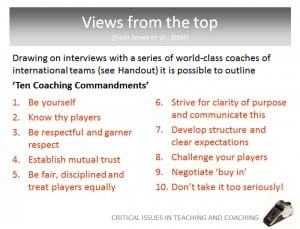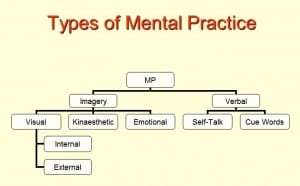Three main sociological theories were discussed today:-
- Foucault
- Bourdieu
- Goffman
This lecture is a continuation from the previous power relations. Piggott (2013) discussed Foucault Docile bodies’ theory. This is understood in relation to ‘the expert’ being with power and knowledge:- creating rationality, regimes, routines, which are given in discipline [practises. This autocratic method is often displayed in elite athlete coaching where the coach doesn’t allow a lot of questions and gives more power to the coach.
“Power and violence are opposites: where one rules absolutely, the other is absent”
(Arendt, 1970)
Arendt describes the power playing a key role in coaching and gaining respect from the athletes. With out power as a coach would result in chaos.
These docile bodies are the athletes that follow the instructions without question to authority or purpose of the training regime (Piggott, 2013). This relates well with the hypodermic Syringe Model of sociology: the audience passively accepts the message “injected” into them from the coach (Billington et al., 1991).
2. Bourdieu (1990) states “of the opposition that artificially divide social science, is that set up of subjective and objective.” This is clear in terms of coaching when athletes view coaching for their capital. For instance, if the coach is younger than them, they will automatically assume that they have more power as they are older, and must be wiser (Piggott, 2012)
There are 3 main aspects explored within this approach: Social (interaction with athlete- coach), Symbolic (Qualification and awards) and Cultural (upbringing, language use and clothing) (Piggott, 2012). Using Bourdieu’s concepts as analytical tools enables examination of social actors’ behaviour and how resultant relationships are played out in communal areas (Brown, 2005). Here a construction of habitus, field, capital and practice hold relevance. Together they enable a consideration of coaching as ‘cultural economy’ (Nash, 1990).
3. Goffman in described in Potrac et al. (2002) as ‘Levitate Power’ which is a concept of managing the players to gain and keep respect. This highlights low interaction with the athletes as they are always guided or told instruction (Piggott, 2012). This structure is formed around the face work, i.e. how the coach delivers the session; the impression on the athletes, which is managed accordingly and then controls for the accountability (Potrac et al., 2002)



